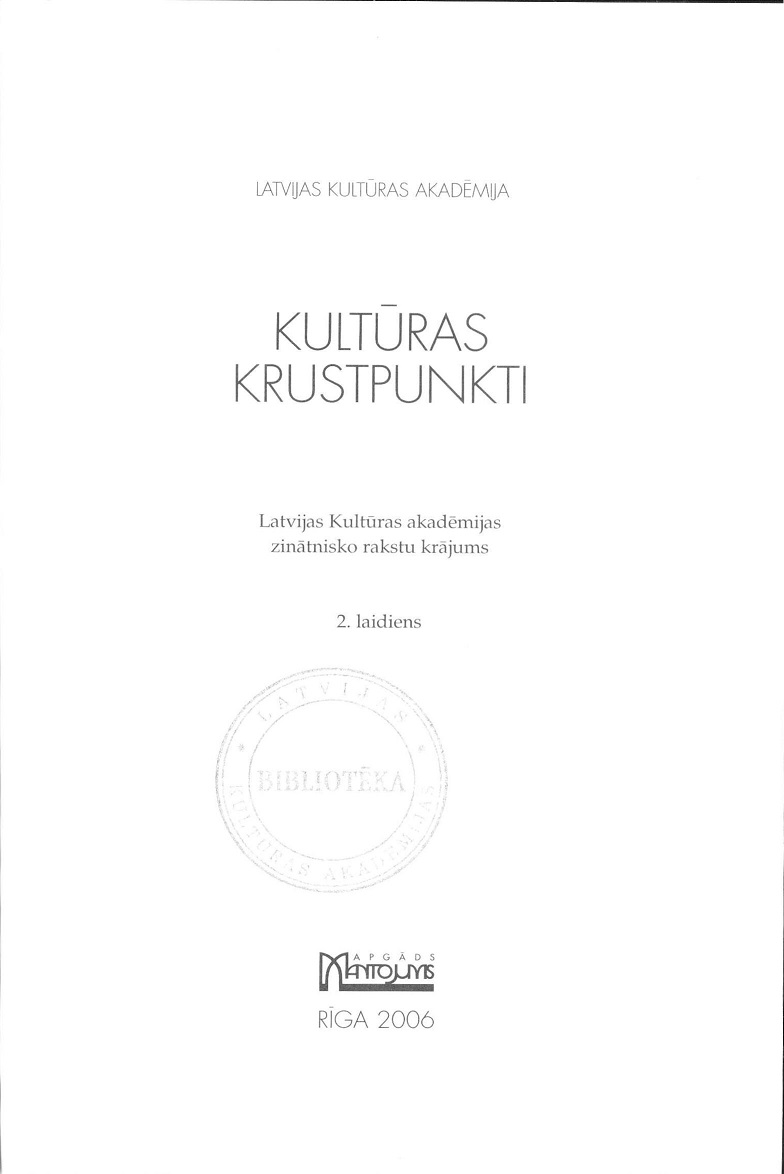Latviskā stila mēbeļu dizains: teorija un praksi (20. gadsimta 20.-30. gadi)
The Latvian Style of Furniture Design: Theory and Practice (20es-30es of the 20th century)
Author(s): Māris StinkulisSubject(s): Cultural history, Visual Arts, Aesthetics, Ethnohistory, Cultural Anthropology / Ethnology, Sociology of Culture, Interwar Period (1920 - 1939)
Published by: Latvijas Kultūras akadēmija
Keywords: Latvian style; furniture design; furniture carpentry; national art; ethnohistory;
Summary/Abstract: In the 20s and 30s of the 20th century, the Latvian furniture carpentry branch developed in line with the European modern functionalism, Art Deco and traili tional historic styles. The forming of national art or Latvian style, which was based on the national decorative art, is regarded as a regional peculiarity in Latvia in the 20ies-30ies of the 20th century. The Latvian artists Ansis Cīrulis (1883-1942), Jūlijs Madernieks (1870-1955), Jēkabs Bīne (1895-1955) and others worked out the Latvian style of furniture design. A. Cīrulis worked out the furniture design of expressively representative character. In most cases, he was inspired by the Latvian etno-history researcher Ernests Brastiņš and his ideas how to create the forms and figures for Latvian style furniture. Using his sketches, the most professional furniture carpenters, for example, J. Skultāns, R. Bekers, K. Adamsons, and J. Rudzītis made furniture for individual and state orders. To ensure regular orders and realization of their products, carpenter masters organized unions. Riga Carpenters' Society was established in 1907 and existed until 1925, when it merged with Riga Carpenters' and Chair Makers' Society "Association". Established in 1910, Riga 2nd Carpenters' Society continued successful activities in the 20ies-30ies too.
Journal: Culture Crossroads
- Issue Year: 2/2006
- Issue No: 1
- Page Range: 298-309
- Page Count: 12
- Language: Latvian

